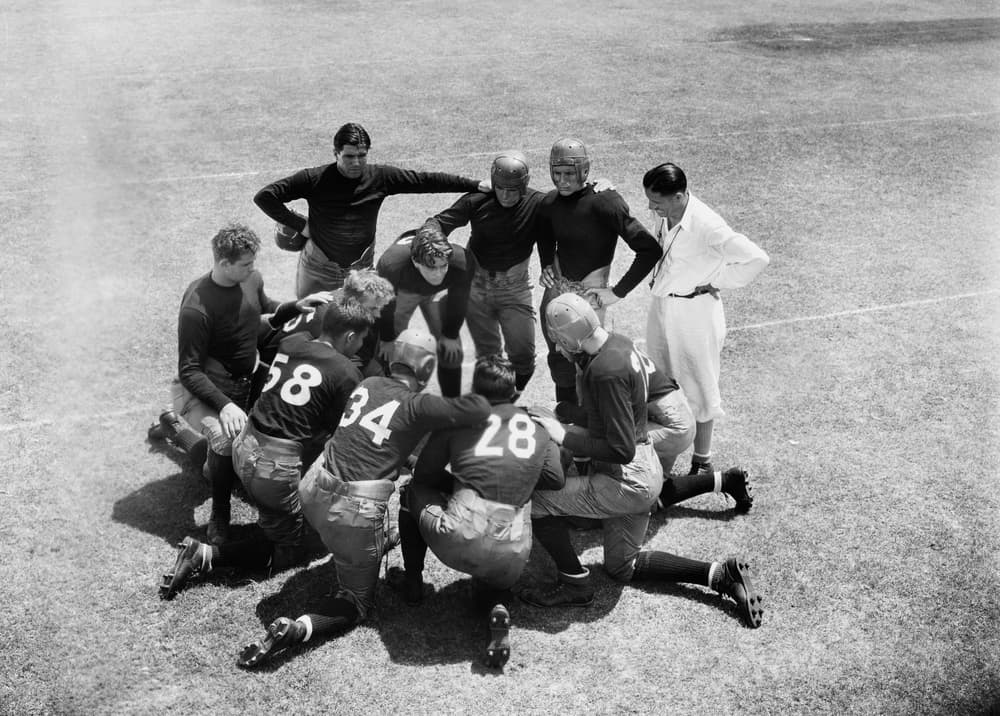
For the adjuster, this can be a tricky part of the claim. Especially if the claim early on looks like it will not be compensable. Should this be the case, what do you share with the injured worker? After all, you do not want to give them a blueprint of exactly how and why their claim was denied, so once they return to work, they claim another injury, but instead, this time, they listened to your advice, and now you are backed into a corner that you created.
Click Link to Access Free PDF Download
“How Do I Get My Adjusters To Follow My Account Handling Instructions?”
Use Clarity and Facts When Discussing Claim With Claimant
The answer is to use clarity. Adjusters are not here to trick anyone; the case is what it is. However, the adjuster must also take the time to explain how and why said claim is not compensable. You accomplish this with medical and legal evidence. Take the time to go over the claim with the claimant.
For the most part, 90% of claims are compensable. However, the 10% that are not need to be handled with care. Failure to do so increases the likelihood of costly litigation, which could result in a claim being around for many months to years.
I have seen many claims result in unnecessary litigation due to a communication breakdown, and I blame some of this on the adjuster. Once the denial is filed and mailed to the employee, it is like the claim never existed in the first place. Of course, the claimant will call to inquire why their claim was denied. This uncomfortable conversation is part of the job. The adjuster has to answer the call, be patient, and explain themselves and the basis behind the denial. Some adjusters forget that the injured worker typically knows nothing about claims, the jurisdictional statutes, and even less about medical evidence.
Communication Critical When Claim Denied By “Insurance Company’s Doctor”
Even worse is when a claim has been accepted and then denied by an Independent Medical Exam (IME). For all the worker knew, all was going fine, and they were failing to get better. Then the claimant went to the “insurance company’s doctor,” and suddenly, the brakes were put on, and now they are faced with an unknown future. Again, if the adjuster failed to communicate with the claimant, you can expect some litigation to come soon. I noticed in some files it appears that the IME was never even sent to the employee! Why would the adjuster hide the IME report from the patient it was completed on? This makes no sense at all.
To be a really great claims adjuster, you have to put yourself in the shoe of the injured worker. The adjuster has several interactions with the injured party, and they can tell right off the bat how “savvy” this worker could be. With the wonders of the internet, injured workers are becoming increasingly involved in research and treatment options for their injuries. Of course, this is a good and a bad thing. Their simple back strain all of a sudden morphs into a disaster because they are Googling “Back pain” and are confronted with surgical pictures and the complications of recovering after a lumbar fusion surgery.
The adjuster has to remember that this worker does not have the same training and expertise. The claimant has not handled hundreds of back strain claims, and this may be the first work comp claim they have ever had. Some compassion goes a long way in this industry, and empathy for the injured worker can really make a difference.
Involve The Injured Worker In The Process
Involve the injured worker in the process. Take the time to explain to them what the medical reports are showing, why an IME is needed, and what options the future could hold. Explain to them the role of the nurse case manager, and why they are on the case. Explain to the claimant why you need past medical records, why the surgery is not being approved, and what options the worker has in case their claim is denied.
The claims adjuster has to consider the injured worker, what their issues and concerns are, and they have to communicate properly and effectively. Sure, some injured workers will require a lot more effort and phone calls than others, but this is part of the job. Each claimant has to be treated fairly, ethically, and with the utmost respect. If your adjuster that handles your files fails to do so, then it may be time to get someone new on your cases.
Imagine if that were your wife or husband with the claim and the injury, not knowing what is going on or what the future holds. The adjuster is not returning your phone calls or answering your questions. Would you consider that acceptable and proper treatment?

Contact: mstack@reduceyourworkerscomp.com.
Workers’ Comp Roundup Blog: http://blog.reduceyourworkerscomp.com/
©2023 Amaxx LLC. All rights reserved under International Copyright Law.
Do not use this information without independent verification. All state laws vary. You should consult with your insurance broker, attorney, or qualified professional.
















